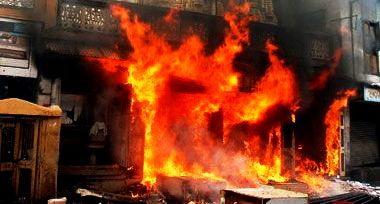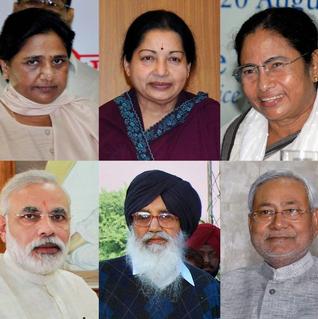Persistence of a Sore: Communal Violence Today
Ram Puniyani The events taking place in different parts of the country…
Celebrating Harmony and Peace
Ram Puniyani Communal violence is the sad reality of South Asian states.…
Can Fasting bring harmony, while the scars remain unattended to?
Ram Puniyani Life is full of strange paradoxes. Narendra Modi undertook…
Gujarat Riot Victim, NGO Files Application to Have Complaint Registered With SIT
BeyondHeadlines Correspondent Ahmedabad: The victims of 2002 Gujarat communal riots along with…
Mamata Joins Non-Congress CMs in Oppose Draft of Communal Violence Bill at NIC Meeting
BeyondHeadlines Staff Reporter New Delhi: The Trinamool Congress opposed the draft of…
Critical Note on Section 20 of the Communal Violence Bill
Dr Mohammad Manzoor Alam Section 20 of the Prevention of Communal and Targeted…




